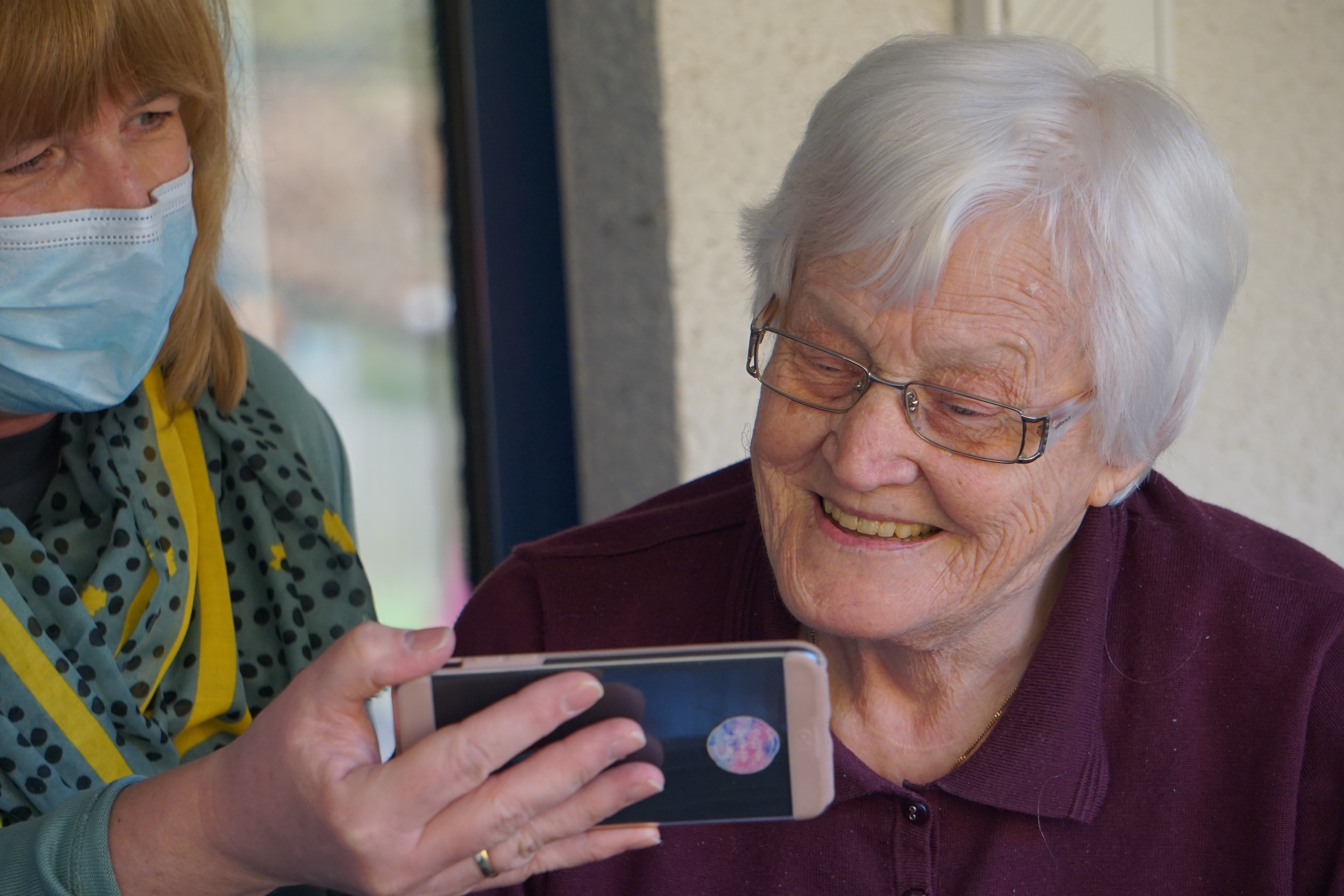
Communication Tips for Caregivers When Speaking with the Family of the Patient
September 13 2019
Communication Tips for Caregivers When Speaking with the Family of the Patient
A Patient’s Family is an Integral Part of Their Care
Good communication is a central part of the caregiver – patient/family dynamic. When caring for a patient, it is important that you also engage with their family members, especially those who are family caregivers. Good communication between you and your patients and their families goes a long way to building trust and this can help patients and their families open up more about what the patient is really experiencing.
While every situation is different, these general guidelines can help you better communicate with a patient’s family, who play an integral role in the care of the patient.
Be Yourself
1While it is important to be professional and have a boundary between you and the patient and their family, it is also important to be yourself while maintaining those boundaries. This can be difficult, especially for those who are new to the profession of caregiving. Learning the right balance can take some trial and error as well as some level of comfort with the profession. It is okay to engage in casual conversation with patients and their families, unless you feel uncomfortable answering a question. Small talk can help to build trust as the patient and their family gets to know you as a person. This is especially important if you are the patient’s sole caregiver when family is unable to care for their loved one.
Be Honest
2It is important to be honest with the patient and their family at all times. If you don’t know the answer to a question that was asked, tell them that you don’t know but that you will ask the nurse or doctor and get back to them. If bad news is being shared, that is usually up to the doctor, so defer to them when questions like this are being asked. If the patient and family have already been told of the prognosis, it is okay to confirm this when they ask again. This can be an opportunity, however, to speak with the patient and family on a deeper level about their concerns. Remember to actively listen and show an interest in their concerns.
Show Compassion
3Showing that you care may seem like a no-brainer, but it is important that you demonstrate to the family of each patient that you care about the well-being of their loved one. Smile and show that you are happy to be the caregiver of the patient. Use both verbal and nonverbal cues to demonstrate that you care. Actively listen to their concerns and answer their questions or find someone on the team who can answer their questions.
Follow Through
4Always, always follow through with what you say you are going to do. This is a big part of showing that you care and that you are trustworthy.
- Make sure that you are polite and respectful.
- Address both family and patient in a way that shows respect. For older generations, this may be calling someone Mr. Smith.
- Use eye contact when speaking with both patient and family members.
- Show a genuine interest in their concerns. Use active listening skills.
- Put aside your personal problems and be present in the situation.
- Don’t forget nonverbal cues such as body language. Don’t cross your arms. Meet people on their level. Shake their hand when you first meet them.
- Show cultural awareness. Each patient and their family are unique so it is important to be aware of common practices and gestures that may not be accepted by all cultures. Consider your actions and words each time you communicate with a patient and their family.
- If a situation escalates, remember to remain calm.
HIPAA Compliance
5HIPAA is there to protect the patient’s privacy. Make sure that you do not violate this law when speaking with the family of the patient. Generally, you can give medical information to family members who are involved in the treatment or payment for treatment, provided that the patient does not object.





